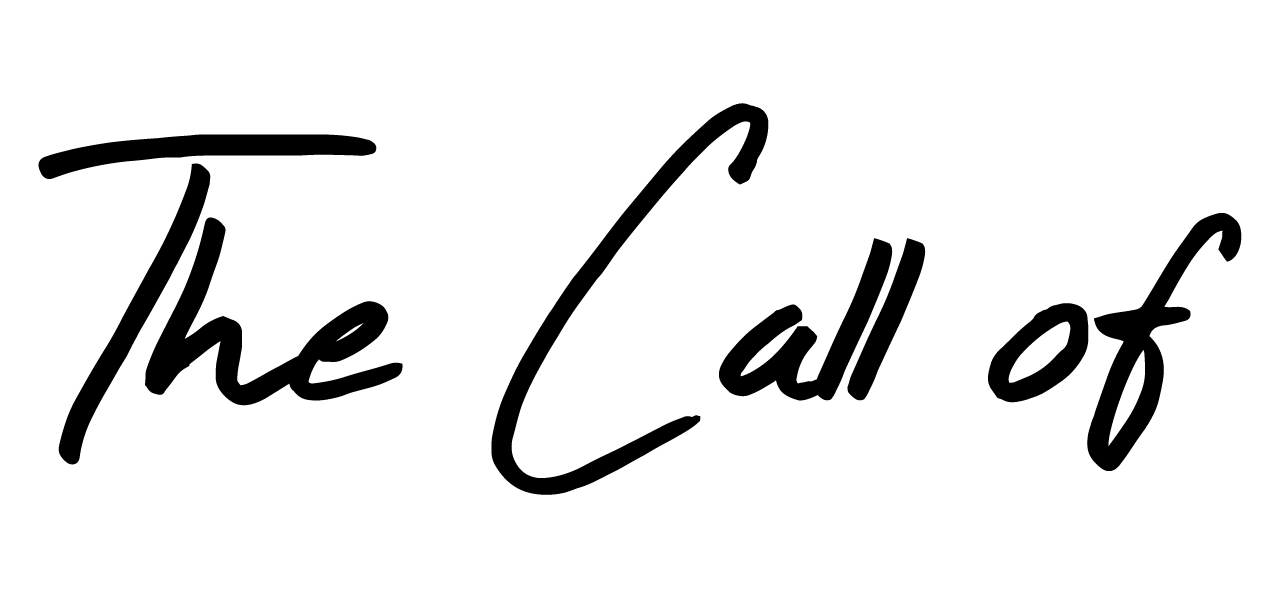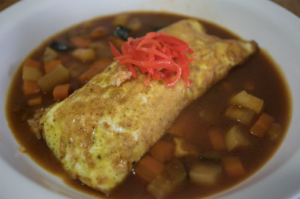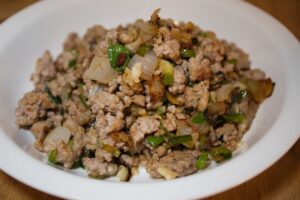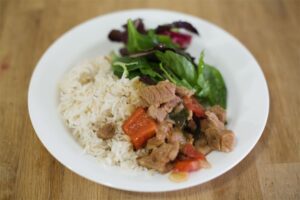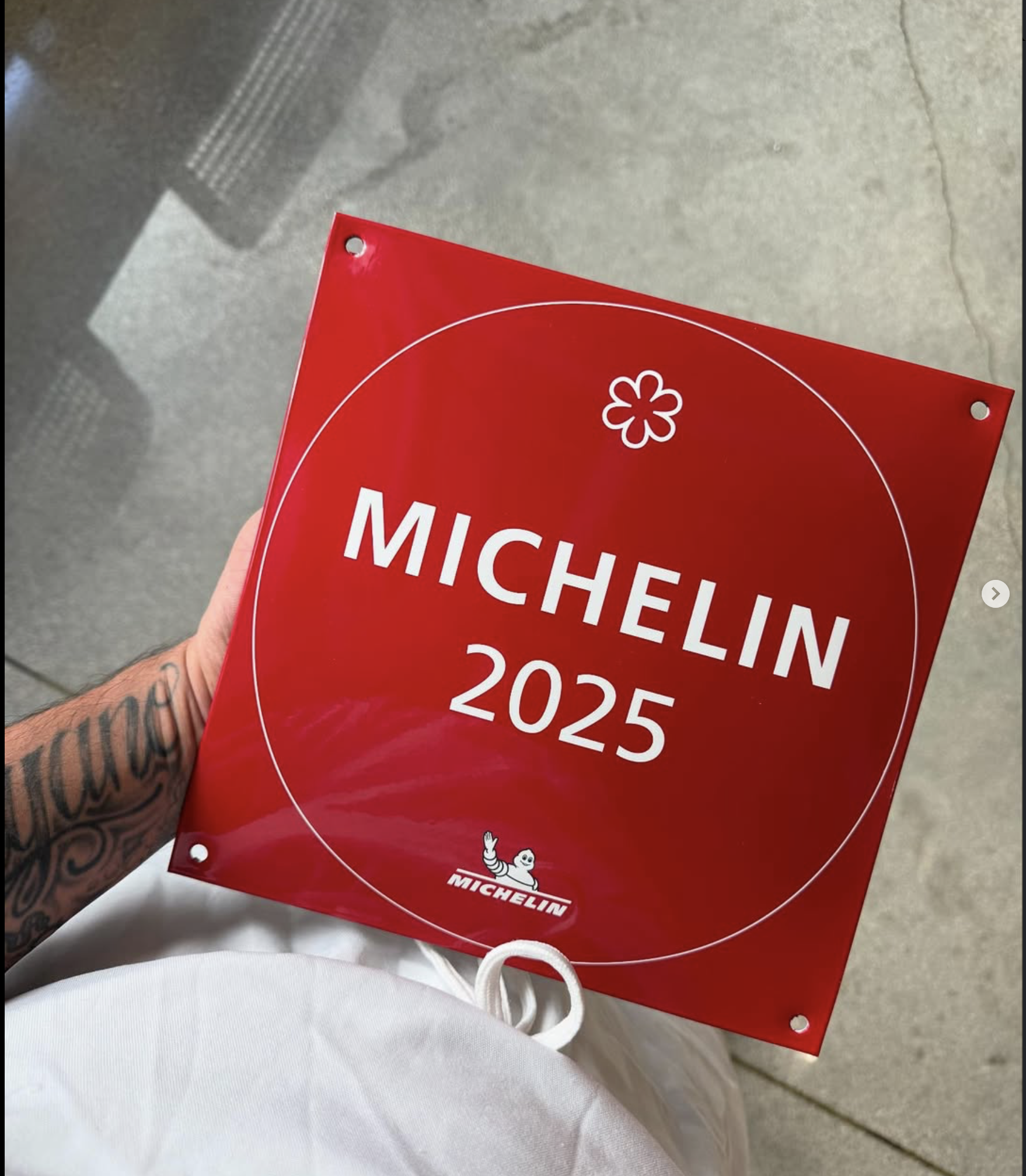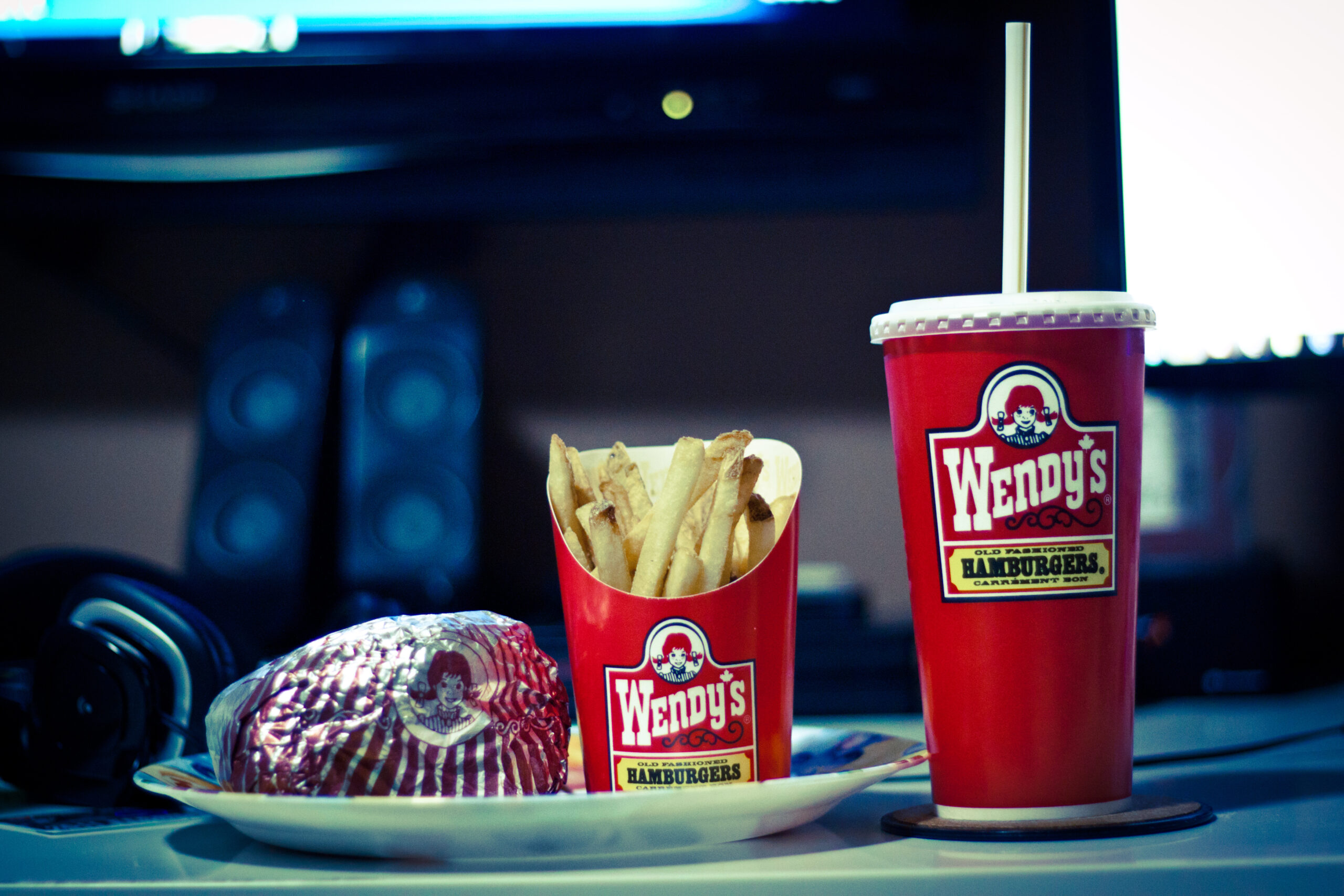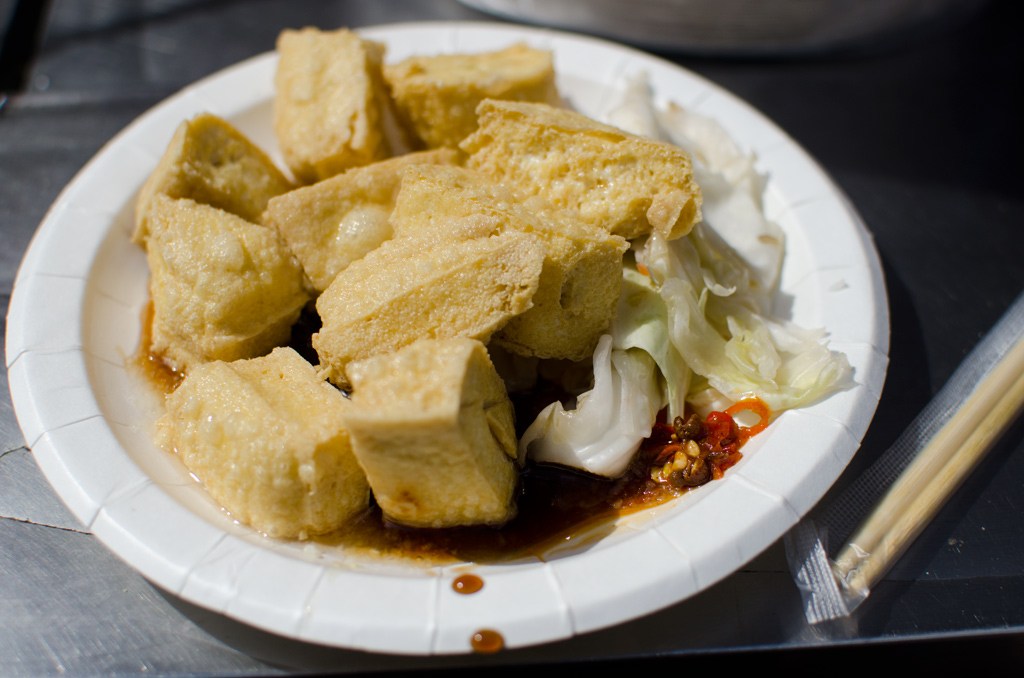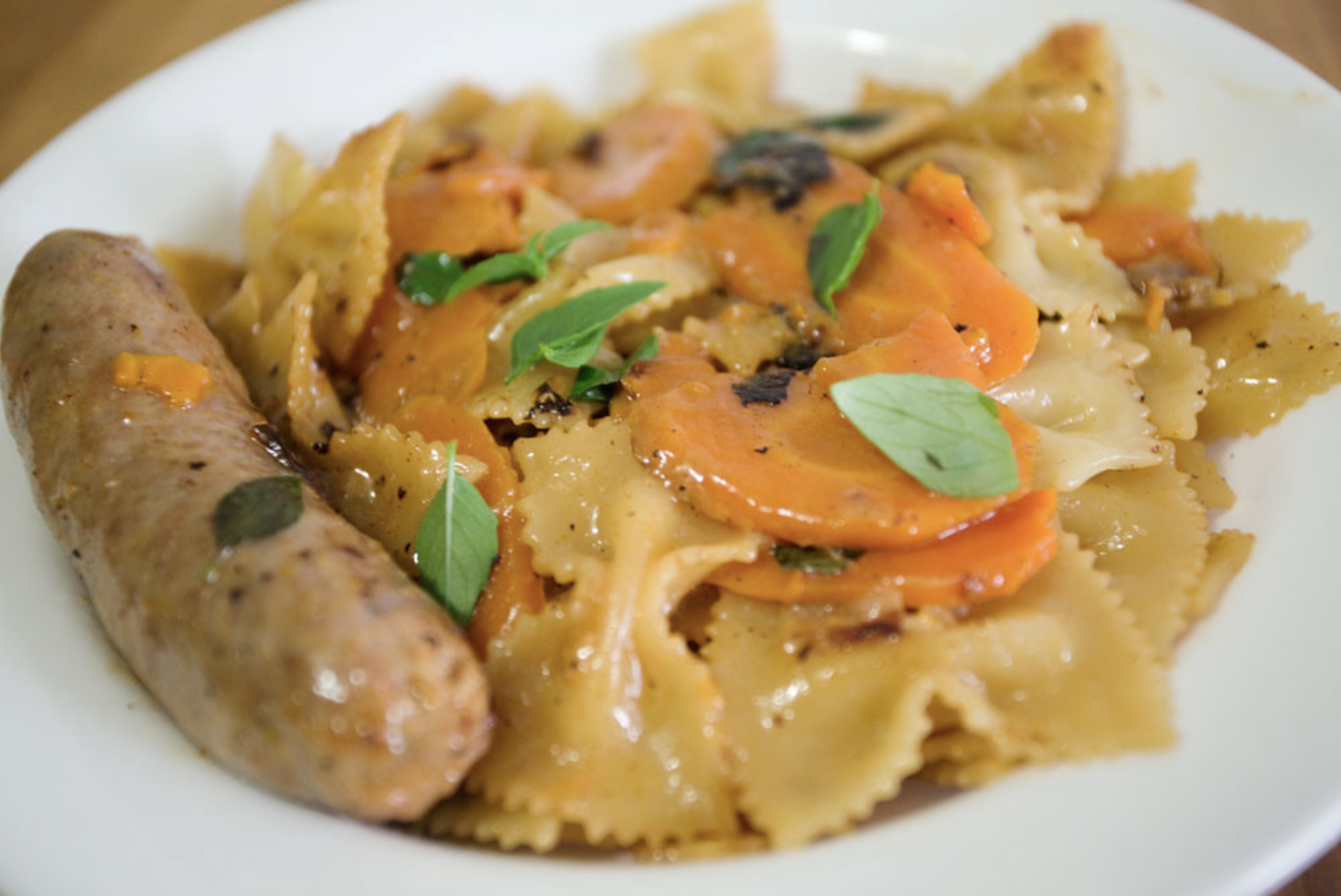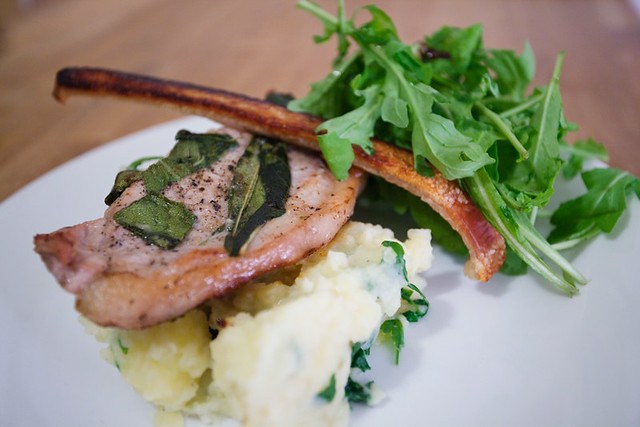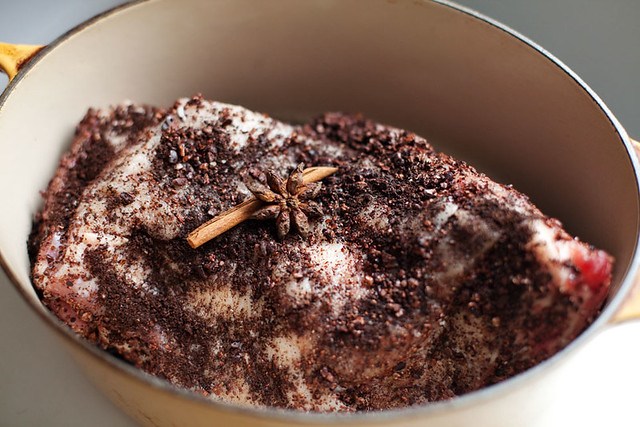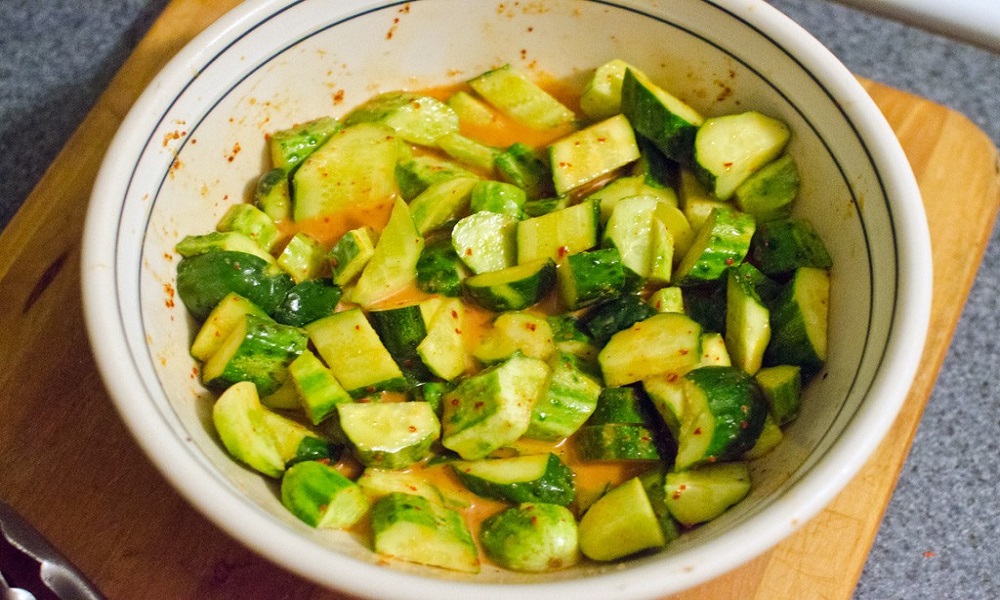That bottle of Pinot Grigio labeled as a modest 12% alcohol by volume could actually pack 13.5% ABV—enough to transform a light lunch wine into something considerably stronger. Under current U.S. federal regulations, winemakers enjoy remarkably generous leeway when printing alcohol content on labels, with permitted variances that would surprise most wine enthusiasts. This labeling flexibility particularly affects emerging regions like Texas wine country, where producers navigate growing pains while competing against established brands that may benefit from the same regulatory ambiguity around alcohol content disclosure.
How Wide Is the Wine Label Loophole?
Federal regulations administered by the Alcohol and Tobacco Tax and Trade Bureau (TTB) allow table wines under 14% ABV to display alcohol content with a tolerance of ±1.5%. Wines above 14% receive slightly tighter restrictions at ±1% variance. This means restaurants and wine shops stock bottles whose actual alcohol content could differ dramatically from advertised levels.
The implications extend beyond simple numbers:
• A wine labeled 12% ABV could legally contain anywhere from 10.5% to 13.5% alcohol
• This variance translates to roughly 20 additional calories per glass at the higher end
• Tax classifications change above 14% ABV, creating financial incentives for strategic labeling
• Annual government audits consistently find approximately 20% of tested bottles fall outside even these broad limits
• Enforcement remains notably thin, with limited consequences for non-compliance
International Standards Leave U.S. Behind
European Union regulations demand significantly tighter accuracy, permitting only ±0.5% variance from stated alcohol content while requiring comprehensive ingredient disclosure. French, Italian, and Australian wine regions operate under similarly strict transparency standards that have become selling points for export markets.
The TTB’s proposed “Alcohol Facts” panels would standardize wine labeling similar to nutrition facts on food products, potentially including calories, precise ABV measurements, and complete ingredient lists. Just as jalapeño-infused wine transformed from novelty experiment to legitimate varietal through transparent ingredient labeling, standardized alcohol facts could reshape purchasing decisions once drinkers understand what’s actually in their glass. However, these reforms remain under public comment through August 2025, leaving current regulations unchanged.
Wine enthusiasts planning European tastings will encounter labels held to stricter standards—a transparency gap that reflects broader tensions between traditional U.S. alcohol regulation and evolving consumer expectations for honest labeling.

